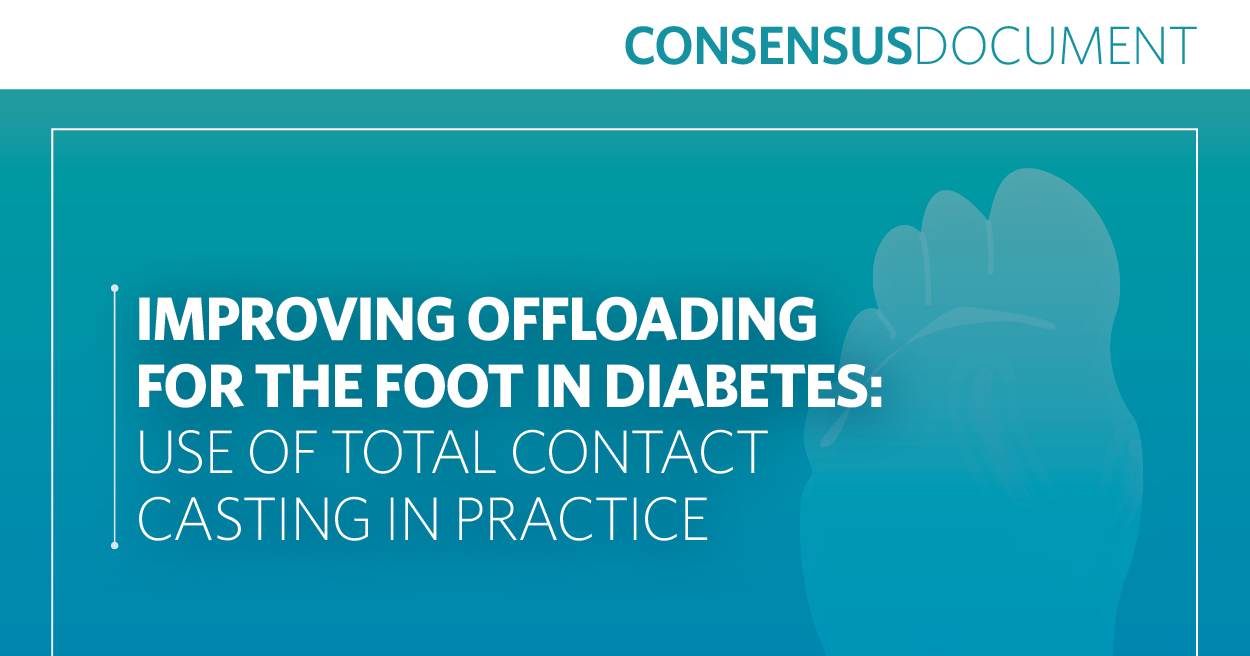We often strive for quick, effective, ways to treat or detect the early signs of a condition. Over the past 30 years, the detection of loss of protective sensation and vascular insufficiency sufficient to increase risk of foot ulceration in individuals with diabetes has been the basis of primary prevention programmes. A variety of screening methods have been tested over the years. A recent study by Crawford et al (of which I have the privilege of being a co-author and summarised alongside) has hopefully provided the definitive answer on this subject.
Individual patient data (IPD) analysis is where all the original data from source studies, in this case 16 studies of modalities to detect foot ulcer risk, are combined and reanalysed using the original data points to determine the answer to a research question. The combined dataset had 16,000 individuals. Potential predictors of foot ulceration ranged from gender to renal function.
In the end, the single most effective test of loss of protective sensation was the inability to detect a 10 g monofilament, and, interestingly, the location or number of sites did not appear to be important. Similarly, the absence of single foot pulse was also predictive of increased risk. Conversely, being female reduced the risk of future ulceration. However, in keeping with all that clinical experience would tell us, a history of previous foot ulceration or amputation was the strongest single predictor of future ulceration.
Therefore, two simple questions and two simple tests can provide the best way to determine a patient’s risk of foot ulceration and allow tailored preventative care to be provided.
I would also like to mention two other studies, both summarised on the opposite page. Sadoskas et al lend excellent support to the maintenance of good diabetes control peri-operatively in order to reduce the risk of surgical infections, and Chu et al take a different look at the ongoing issue around antibiotic therapy duration. Their study suggests that, if there is peripheral arterial disease and moderate infection, then longer courses of antibiotics might be more effective at aiding healing and reducing amputations than short courses, but as always, further studies will be required.
To read the article summaries, please download the PDF from the article options link at right.





